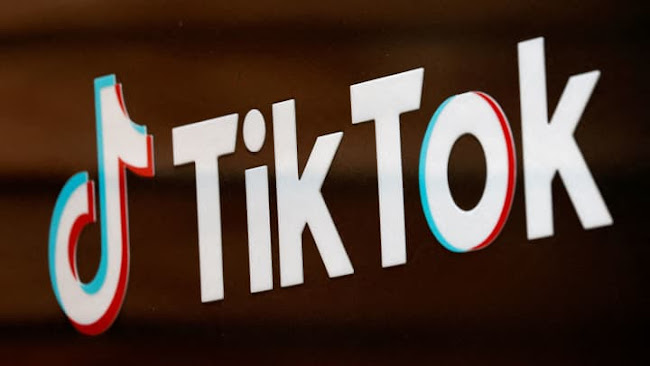Revolutionizing Smartphones: The Era of App-less Devices and Conversational AI
These Companies Have a Plan to Kill Apps
Emergence of App-free Devices:
• Companies are exploring a paradigm shift away from traditional apps, venturing into devices that rely on artificial intelligence (AI) for a seamless user experience.
• The focus is on creating virtual assistants capable of handling a diverse range of tasks through a unified portal, challenging the conventional smartphone model.
• This marks a potential evolution in smartphone technology, reminiscent of the transformative impact of the iPhone's introduction.
Innovative AI-driven Gadgets:
• Humane Ai Pin, a wearable device, introduces features like object identification and photo-taking while aiming to reduce dependency on smartphones.
• Rabbit R1, a compact gadget, performs typical smartphone tasks such as Uber booking or flight reservations without the need for dedicated apps.
• Deutsche Telekom Concept Android Phone showcases a novel approach by generating interfaces through voice commands, powered by Brain Technologies.
Conversational AI Interfaces Redefining Interaction:
• Brain Technologies' concept phone exemplifies a shift toward conversational AI interfaces, responding dynamically to voice queries.
• Practical examples include tasks like finding flights or selecting gifts, where the interface is tailored to user needs.
• The goal is to create a human-centric future by seamlessly integrating AI with graphical interfaces for a more intuitive user experience.
Sierra's Vision: AI on Par with Apps:
• Sierra, a major AI agent developer, envisions a future where a company's AI counterpart holds comparable importance to its traditional apps or websites.
• This perspective forecasts a fundamental change in the digital landscape, with AI becoming integral to how companies interact with users.
• Bret Taylor's insight reflects a broader industry shift towards recognizing the potential of AI in shaping digital experiences.
Humanizing Smartphone Interaction with AI:
• A Phone, A Friend founders envision a personalized smartphone experience through AI, emphasizing a move away from transactional interactions.
• Proposed features include content reminders, personalized nudges, and rewriting news headlines to enhance user engagement.
• The ambitious plan relies on advanced language models like GPT-4 to humanize the smartphone relationship.
Tech Giants Embrace Conversational AI:
• Google's transition from Google Assistant to Gemini on Android showcases a move towards more powerful and interactive AI interfaces.
• Samsung's effort to revamp Bixby with generative AI and large language models suggests a broader industry trend.
• The industry is exploring the potential dominance of conversational AI as a replacement for conventional touch-based interfaces.
Conclusion:
The landscape of smartphone technology is on the verge of a transformative shift, as companies explore innovative AI-driven devices that challenge the traditional app-centric model. From wearables like the Humane Ai Pin to groundbreaking concepts such as Deutsche Telekom voice-commanded Android phone, the industry is embracing the power of conversational AI interfaces. Sierra's vision of AI becoming as crucial as traditional apps and A Phone, A Friend's pursuit of humanizing smartphone interactions illustrate a broader trend toward redefining user experiences. As tech giants like Google and Samsung invest in advanced AI models, the future promises a dynamic fusion of artificial intelligence and graphical interfaces, heralding a new era in digital interaction.
Disclaimer:
The content provided here is a summary of the news article titled "These Companies Have a Plan to Kill Apps". Every attempt has been made to faithfully represent the primary points, but this rendition is an interpretation rather than an exact reproduction. Any inadvertent inaccuracies or misrepresentations are unintended.
For a comprehensive understanding and access to the complete article, kindly visit the [Original News Article]. The original material is the intellectual property of its authors and the respective publication.




Comments
Post a Comment